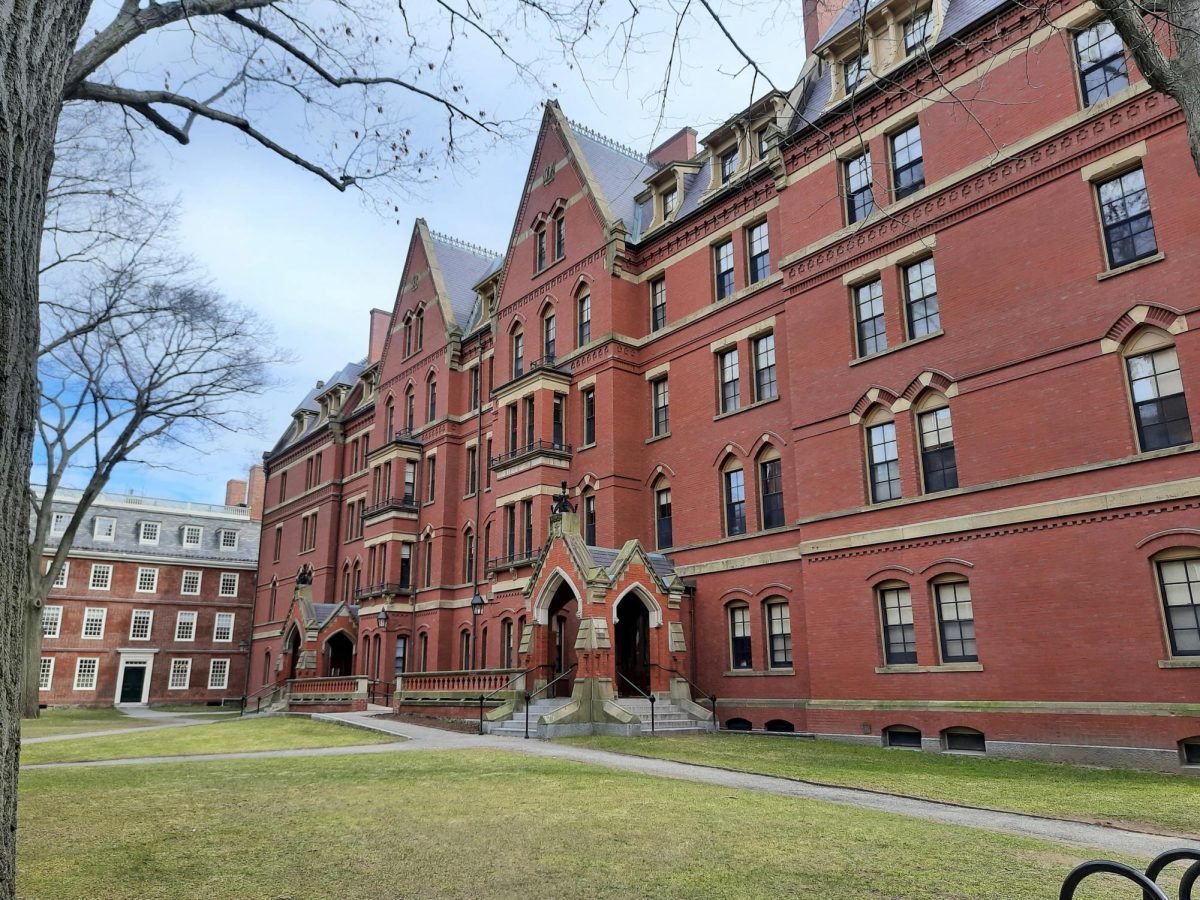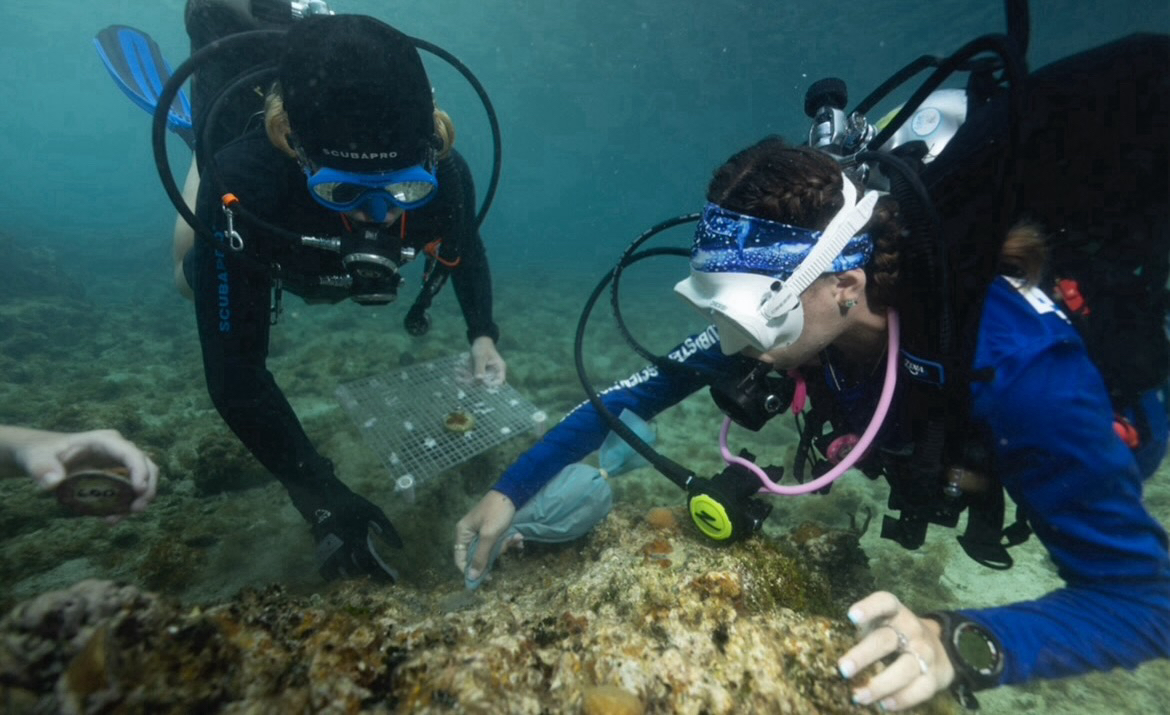On Nov. 4, the National Academies of Sciences, Engineering, and Medicine convened to determine the nation’s scientific priorities in astronomy and astrophysics and set the course for their development over the next decade. Truly a community effort at heart, this decision is the culmination of 867 extensive research papers on various disciplines in the field, many public meetings and discussions, and several smaller panels . In accordance with tradition, the finalized objectives were to be detailed in the 7th Decadal Survey for Astronomy and Astrophysics, which arrived this year in the form of a 614-page report titled “Pathways to Discovery in Astronomy and Astrophysics for the 2020s” and nicknamed “Astro 2020” . Starting in 2023, the report calls for emphasis on three specific areas of astronomy, changes in the process through which major projects are mapped out and pursued, an expansion of mid-scale programs that draw on the community, and strengthening astronomy’s foundations through a unique focus on the people that support it.
From 2023 to 2032, the national astronomical community will devote its attention to searching for habitable exoplanets, investigating the origins and nature of the universe, black holes, and neutron stars, and looking into the origins and developments of galaxies and their pieces . For the first of these aims, the report stresses the need for advancements in imaging of distant exoplanets. For the second focus, the report encourages the use of “multi-messenger” observations, or the study of high-energy particles such as light on the electromagnetic spectrum and gravitational waves, to better understand black holes, neutrino stars, and more. The third broad focus presented in the report involves examining how gas can drive star formation and by extension the evolution of galaxies. These general themes and concepts are behind each of the concrete goals and measures that this year’s decadal survey seeks to implement.
In response to past disorder in planning space projects, this year the decadal survey has suggested a novel and more organized approach to mission planning by advocating for the creation of the new Great Observatories Mission and Technology Maturation Program by NASA. The report tasks this potential branch with preparing major space missions in overlapping areas of interest and investing in them early in their development so as to prevent them from spiraling out of control in size, complexity, or cost. The first of these missions scheduled for this program is a six meter infrared/optical/ultraviolet telescope that could be used to view distant exoplanets far dimmer than their stars. While this project will likely take decades to launch, it is a strong step forward for the first of the survey’s three guiding themes. Other priorities include developing the Giant Magellan Telescope, the Thirty Meter Telescope, and new ground-based observatories so that they are more accessible to the astronomical community as a whole.
Continuing this focus on community in its next two proposals, the report recommends investing more in mid-scale programs and projects. These endeavors, while not as grand as the major missions to be orchestrated by the Great Observatories Mission and Technology Maturation Program, draw upon new ideas from the community to stimulate advancements and growth in astronomy. They include probe missions and mid and small scale missions in the space-based time-domain and multi-messenger program.
Aside from organizing missions centered around science and technology, the survey’s report also announces goals whose direct focus is the community. For one, the report suggests increased grant-funding from the National Science Foundation’s (NSF) Division of Astronomical Sciences. These grants would not only support access to and maintenance of scientific facilities but also provide for emerging scientists and individual researchers so that they too can contribute to astronomy. Additionally, diversity in astronomy is a key concern in this year’s report, and to begin to address it, the report demands funding for diverse faculty in university astronomy and astrophysics, development of workforce diversity at directorate and division levels, funding for diverse project teams, treatment of discrimination or harassment in the workplace as scientific misconduct, and funding for traineeships and postdoctoral fellowships that support diverse voices.
As a part of the larger global community, members of the astronomical community have lived through the pandemic and witnessed global movements for racial justice alongside the rest of the world. This month, the delayed Astro 2020 report provides direction for this community by encouraging its cosmic aspirations for progress while also responding to its human need for unity and equity.




